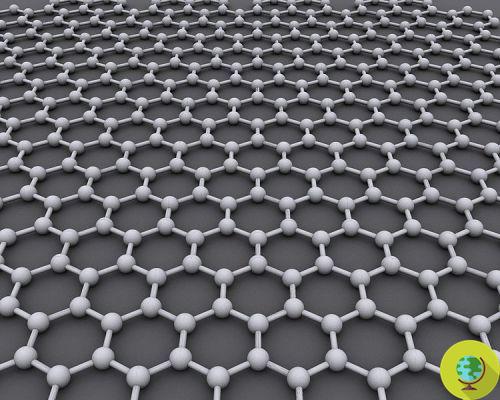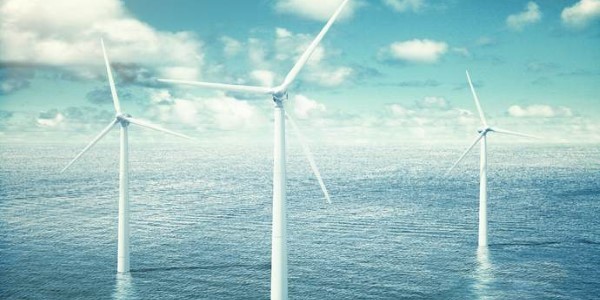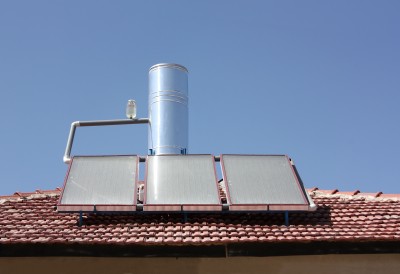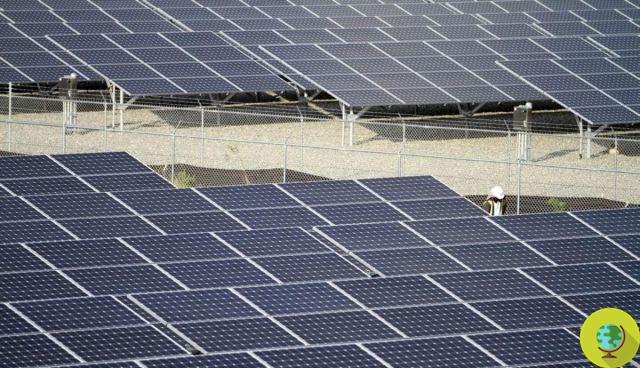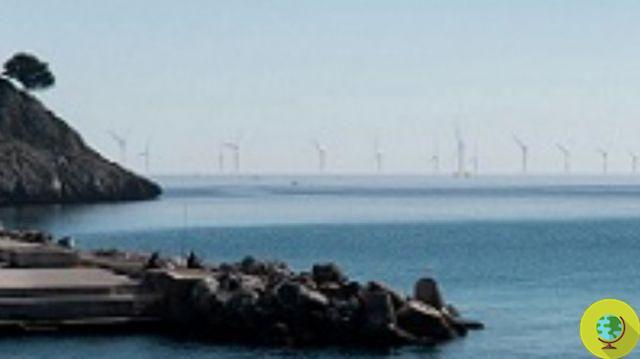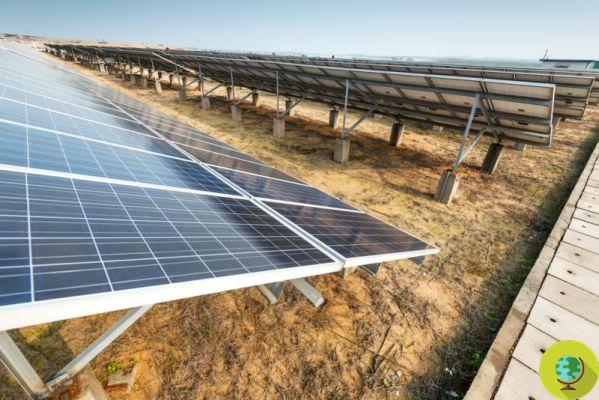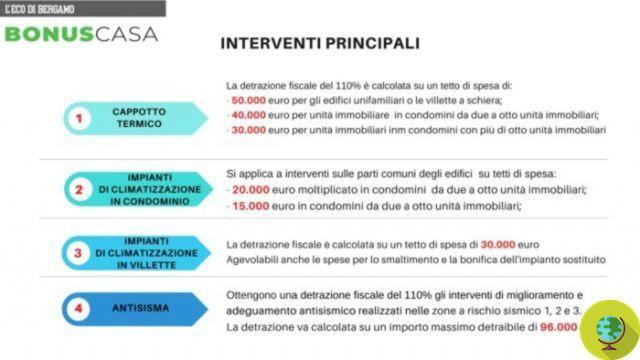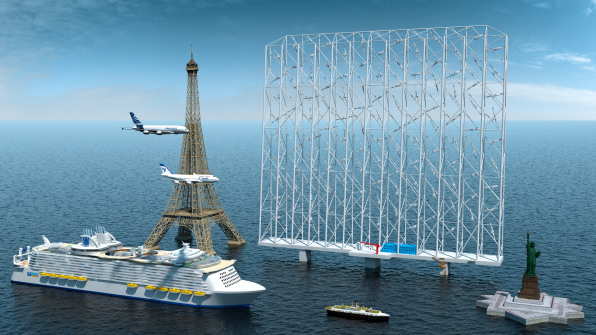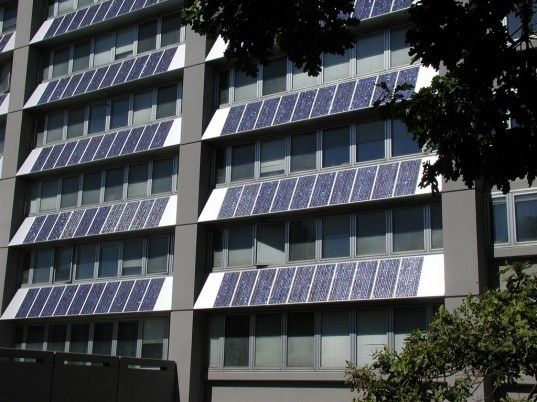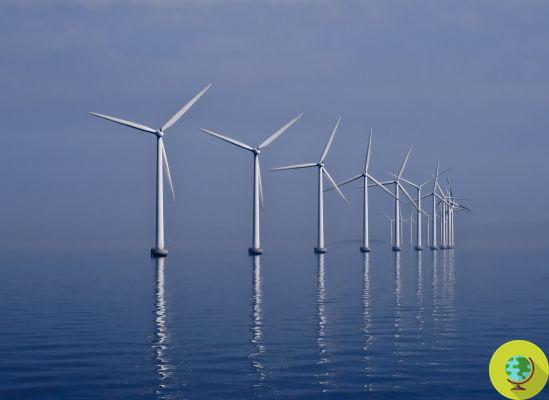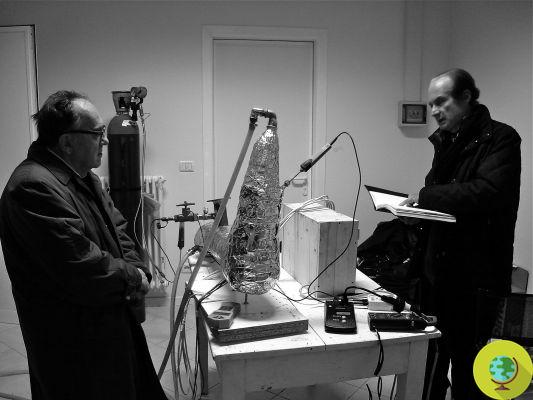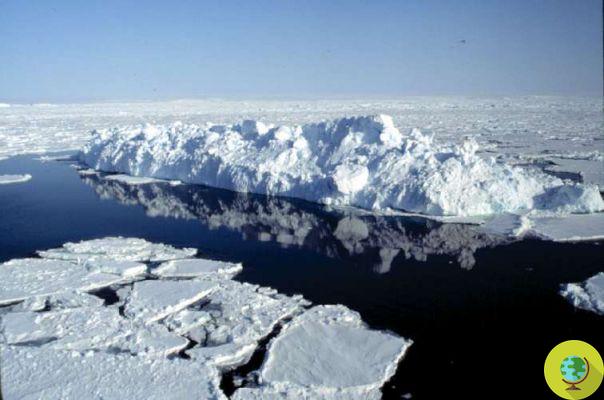
The far north of the world is a reservoir of potential energy. This was stated by a team of Japanese and Canadian researchers, who in recent weeks are grappling with a series of drilling in the Arctic ice sheet to demonstrate how the frozen gases contained under the ice can be considered as a new form of energy.
He is about to end up run over, his mother saves him
THEfar north of the world it is a reserve of energy in power. This was stated by a team of researchers Japanese and Canadian, which in recent weeks are struggling with a series of drilling in the Arctic ice sheet to demonstrate how i frozen gas contained under i ice can be considered as one new form of energy.
Research theater: the Canadian Northwest Territory, where scientists from Canada and Japan work jointly in a research program for which they have been allocated 48 million dollars, and where the attractive proposal was found that i gas hydrates contained in the subsoil may prove to be a source of alternative energy.
However, the experiment started a long time ago. To be precise, since winter 2008 -2009 Feet, a period in which a drilling of 150 meters began in But in Beaufort, where the largest known deposit of frozen fuels world-wide.
It was, in fact, found that under the ice of the Arctic cap the gaseous compounds based on hydrogen are present in vast quantities, "imprisoned" to very high pressure inside the ice crystals. Once brought to the surface, these "cages" melt, and free methane gas which can be set on fire with a match. In short, it is the principle of "Ice of fire", a form of energy that has long intrigued researchers.
Il advantage, as we know, derives from a greater "cleanliness" of this gas compared to fossil fuels (coal in particular): la amount of CO2 produced is, in fact, inferior even 40%. In addition, there is the possibility (more will be known in the coming months, on the occasion of the tests that will be carried out in Alaska during the winter) that thecarbon dioxide can be pumped e stored underground, as part of a new process of releasing combustible gas from ice.
The issue that must be taken into account is that thesupplying of energy from hydrates (a quest for which gods exist national research programs in the US, India and Korea, as well as Canada and Japan) will still require several years, if not decades, of research and work, because "Most of the gas reserves that can be used are located below the oceans and are very difficult to find," he indicates Ray Boswell, Technical Manager of the US Government Program for renewables of energy.
Piergiorgio Pescarolo







